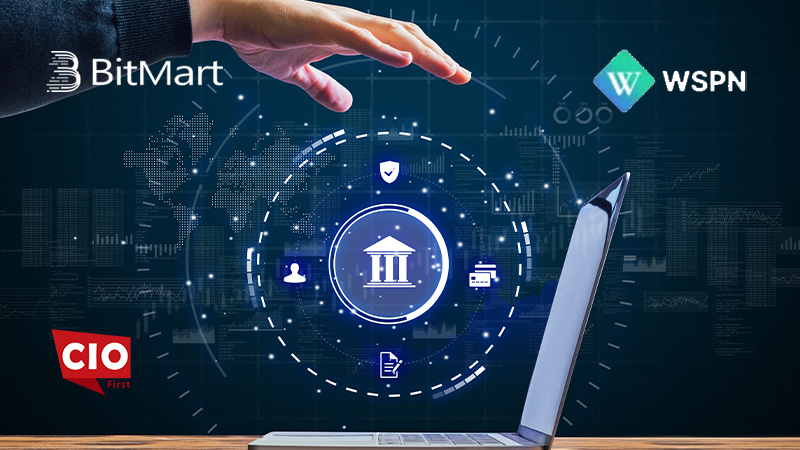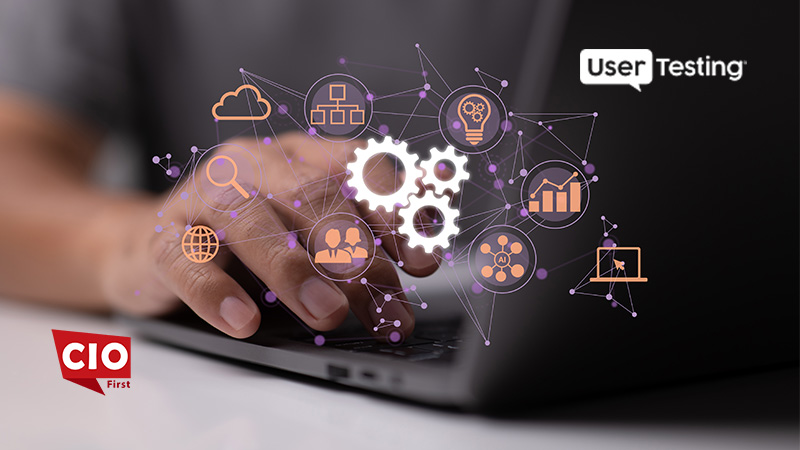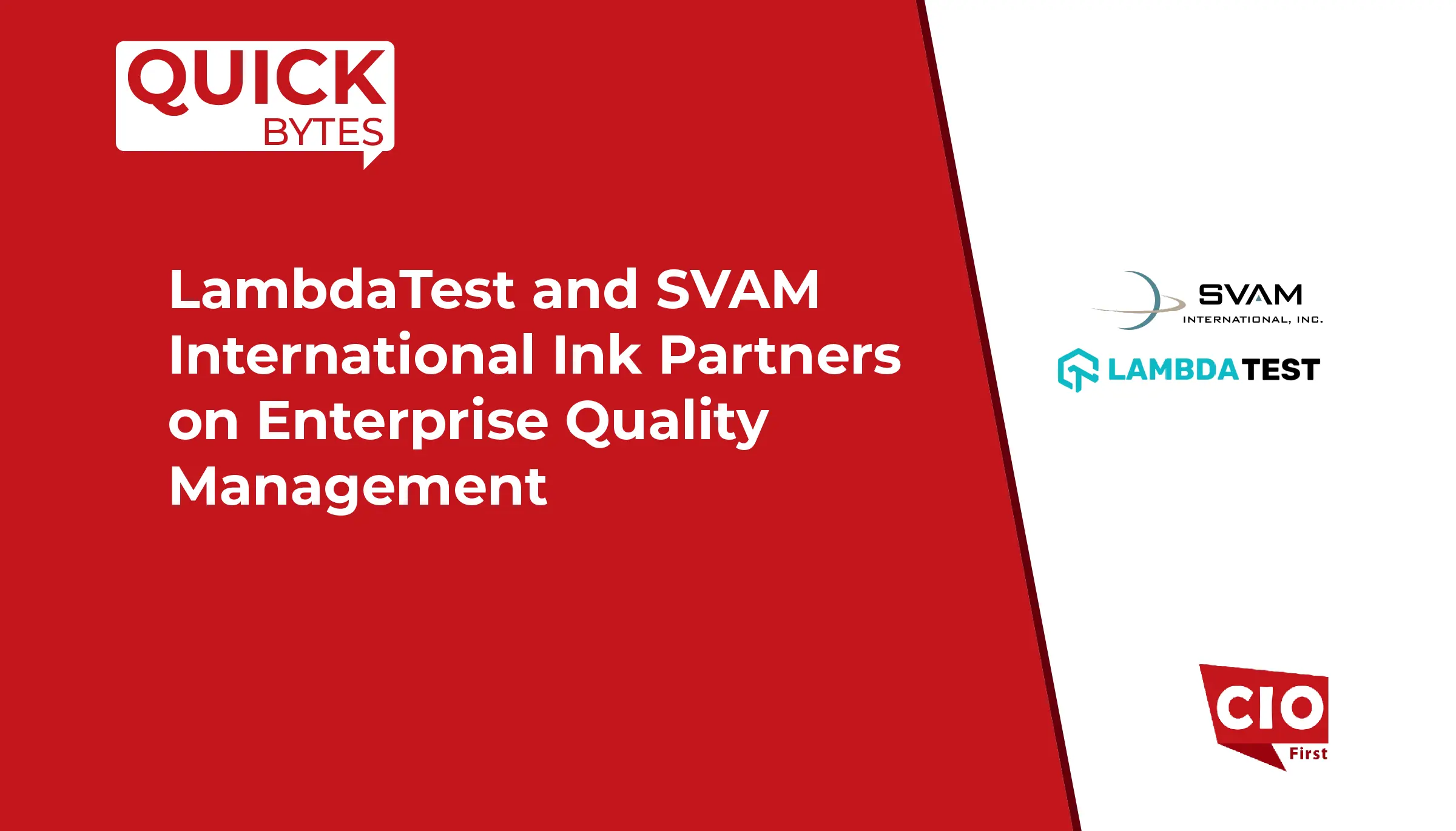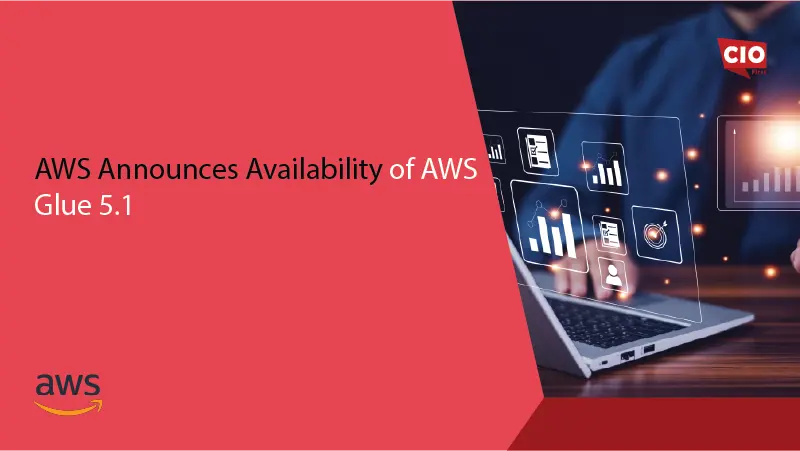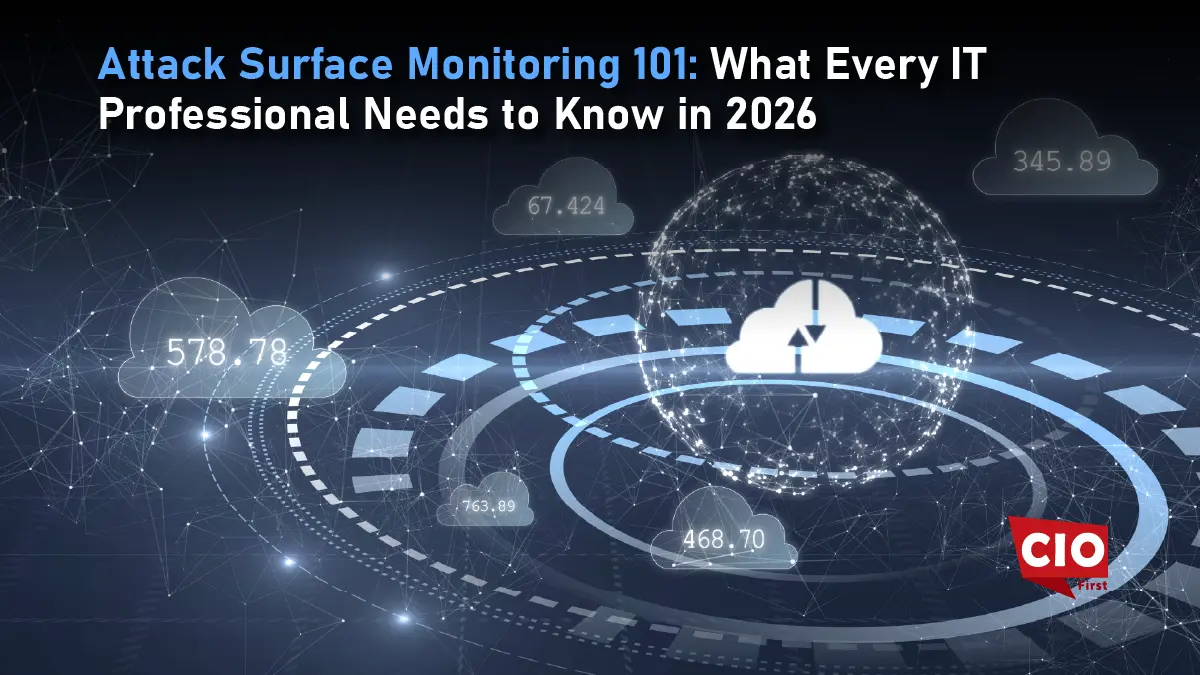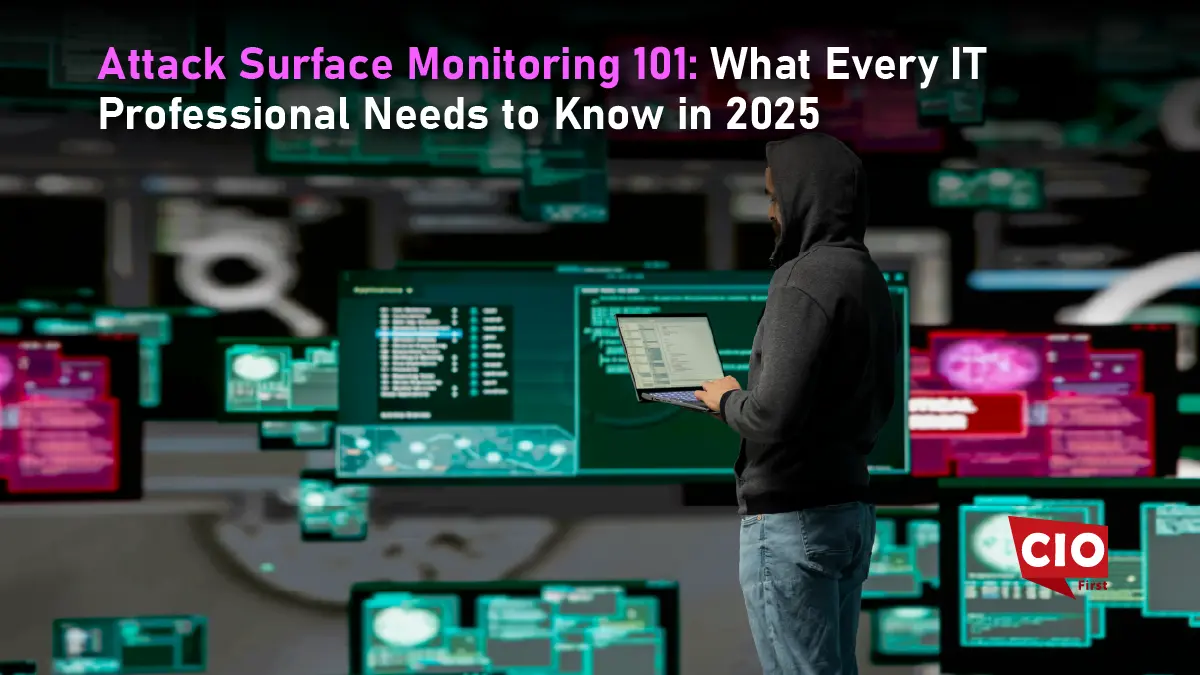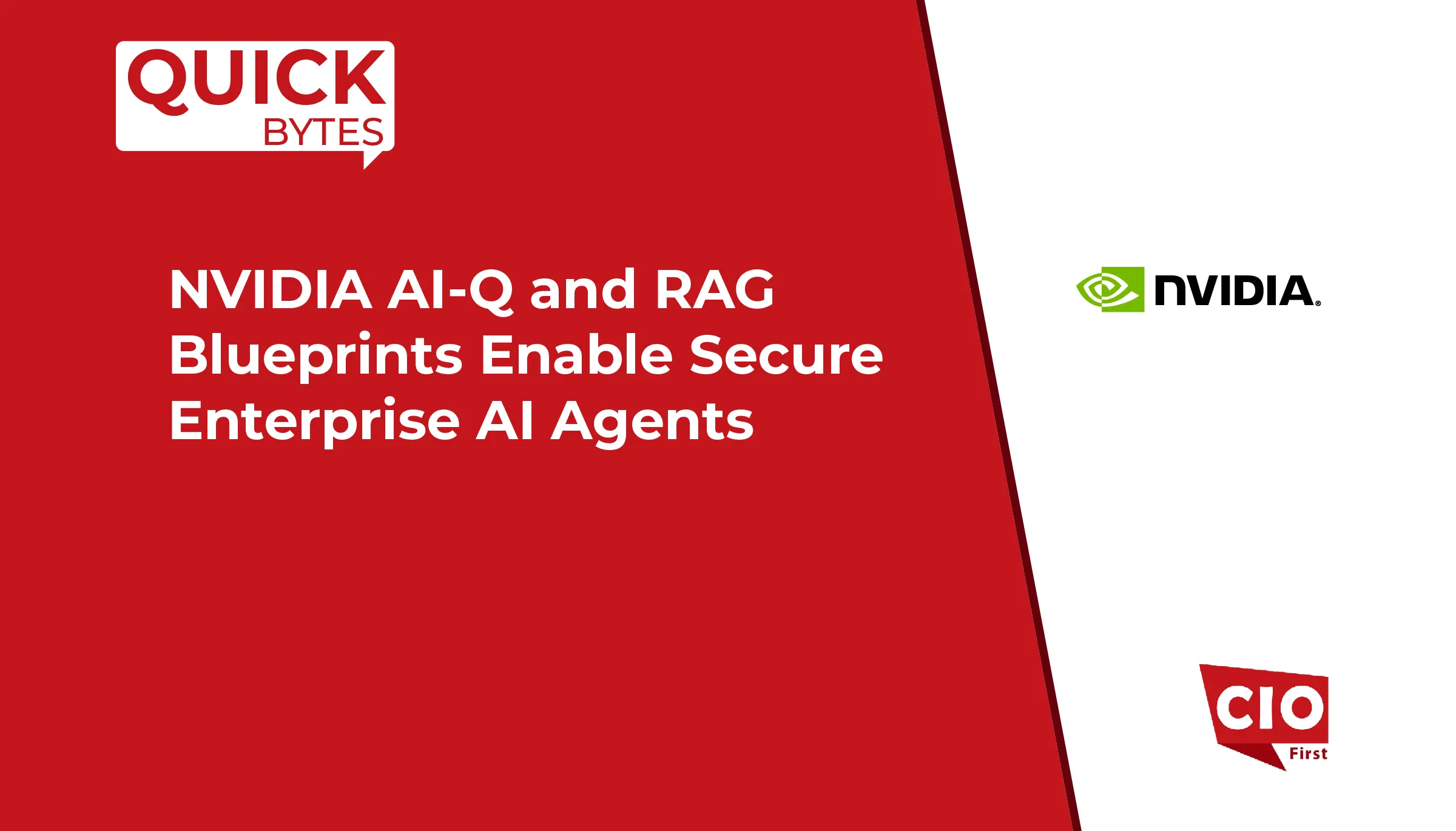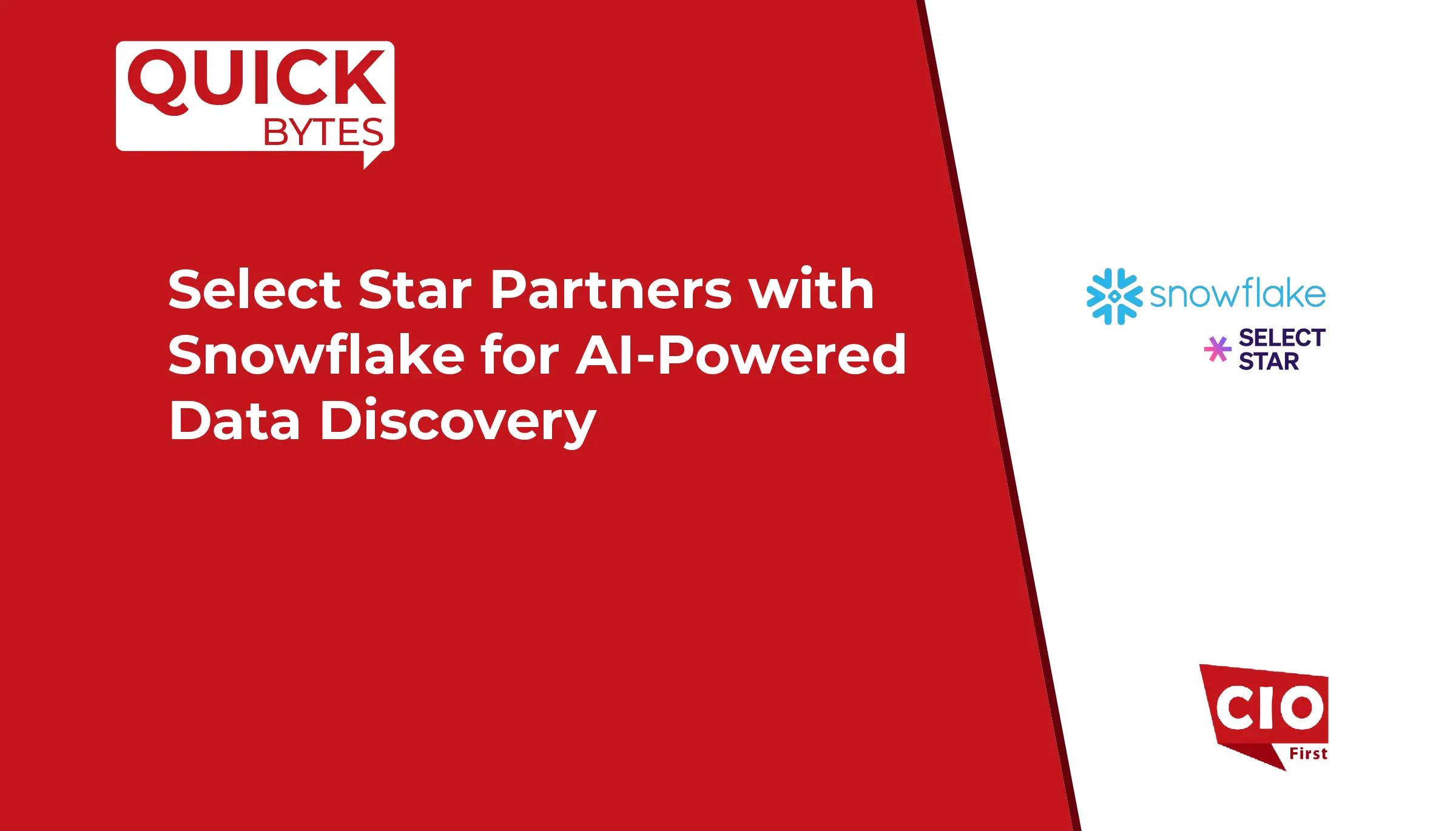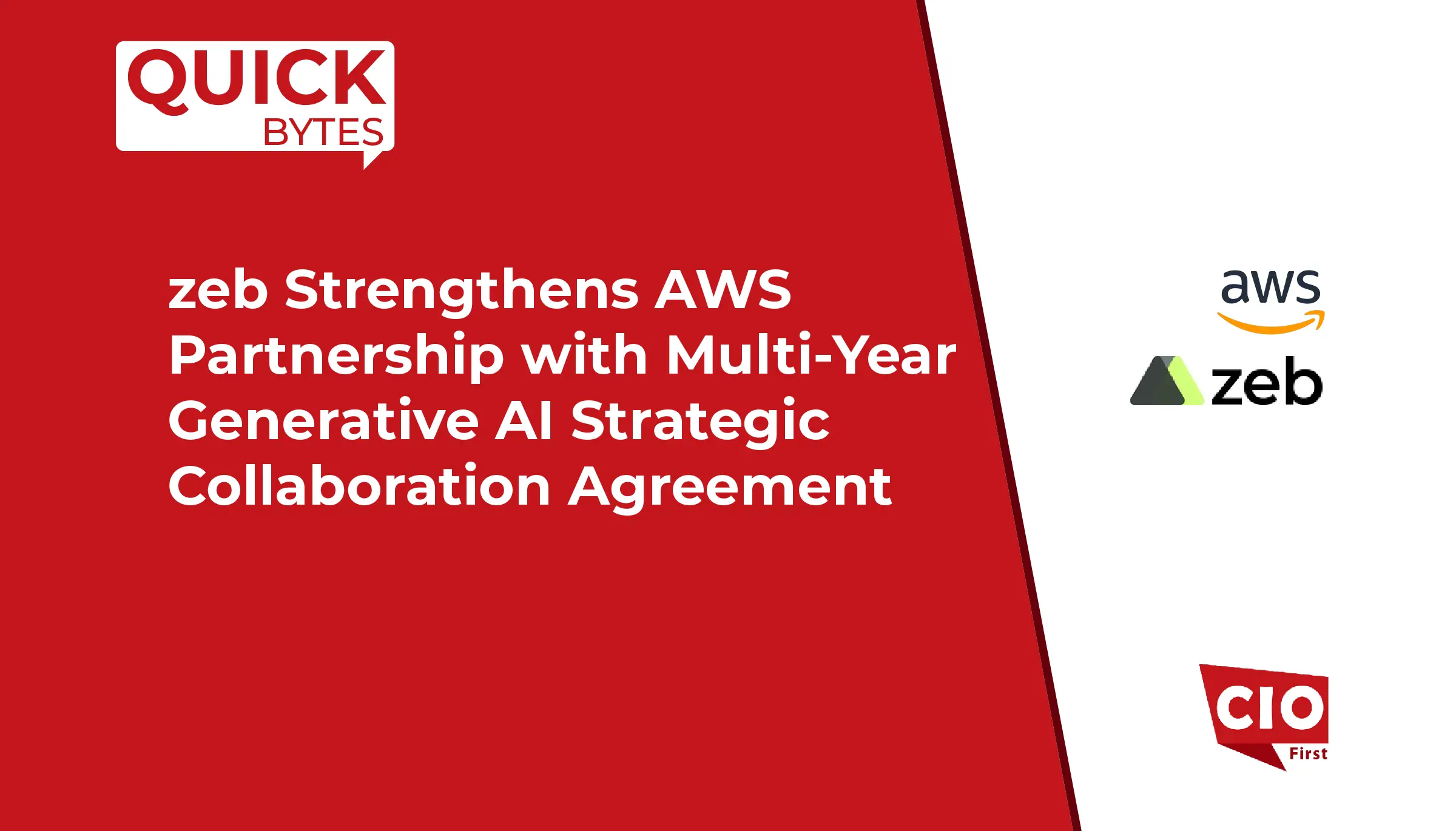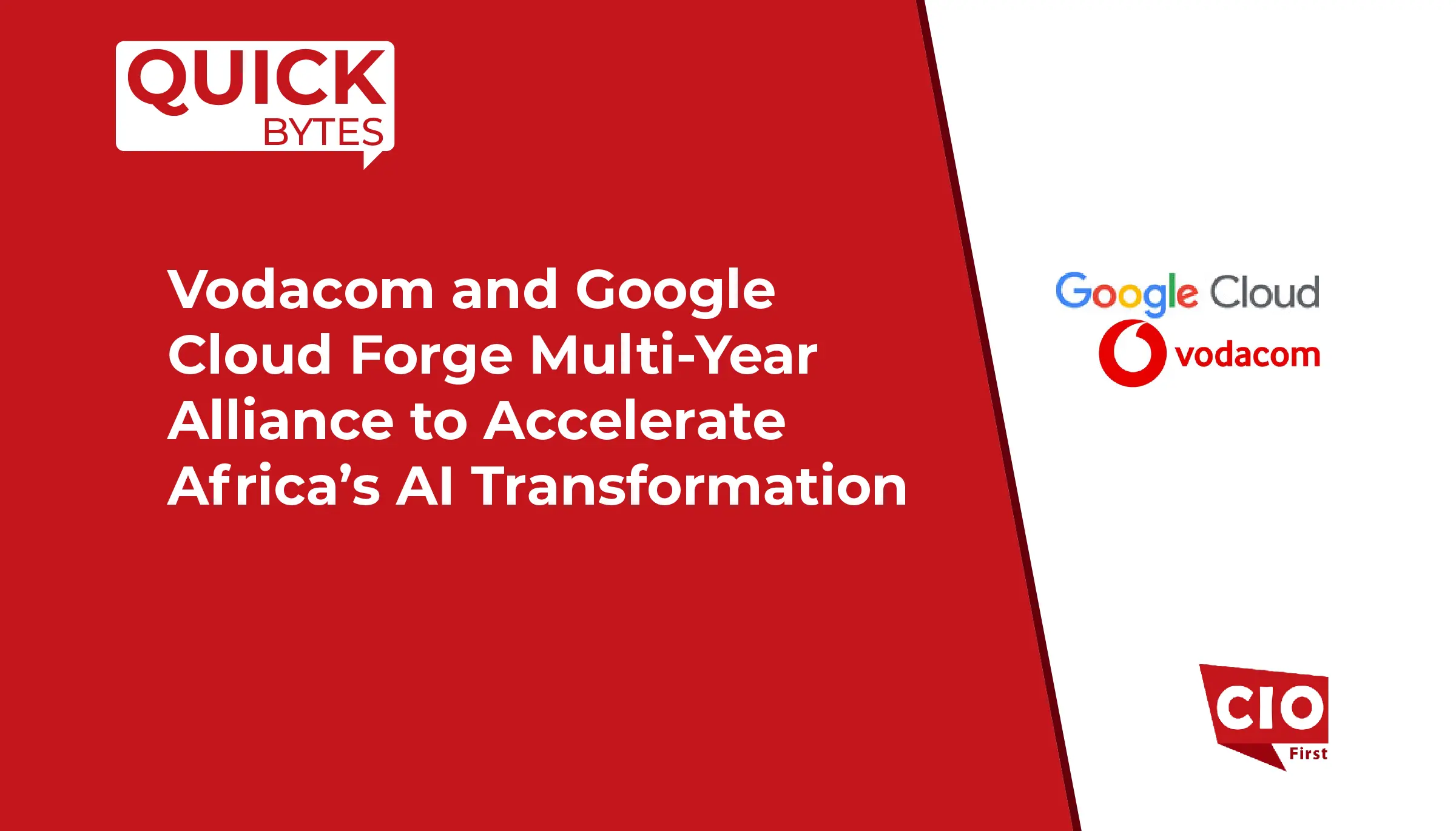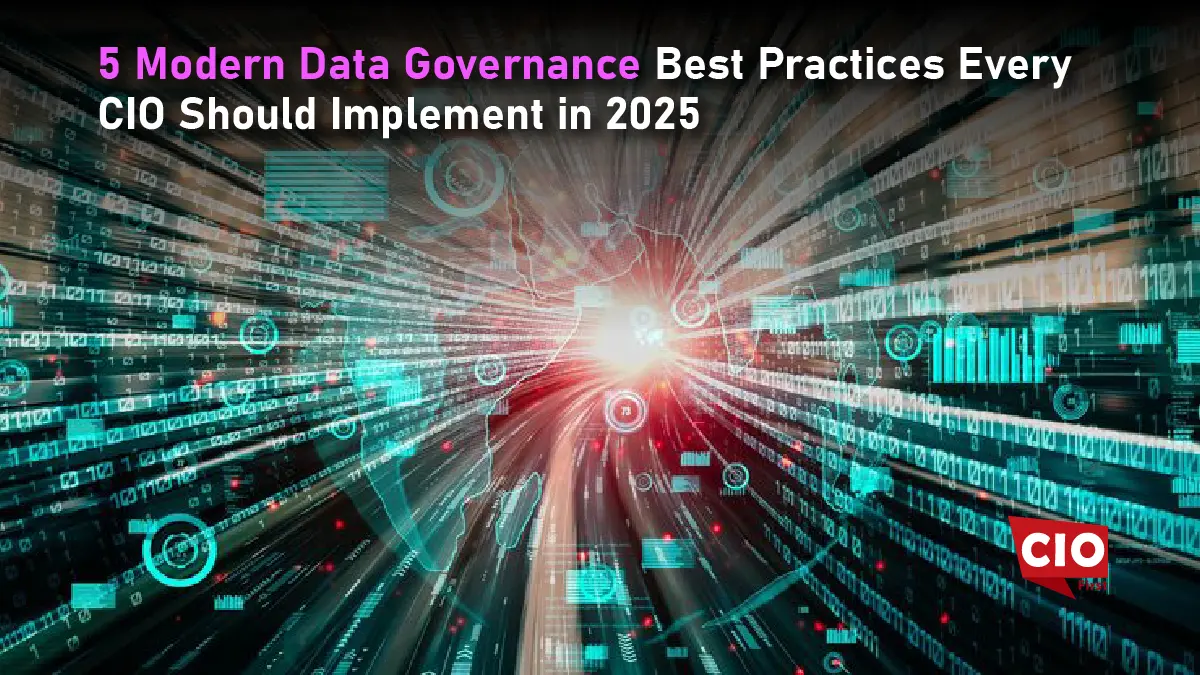Companies have data everywhere. Too much, really. Spreadsheets, old systems, and random files everywhere. CIOs are feeling it. They are expected to turn all this mess into something useful. Just reacting when problems happen does not cut it anymore.
The cost of bad data is huge. Trillions get wasted every year from mistakes, missed chances, and slow decisions. That is money and opportunities slipping through the cracks. Modern data governance fixes this. You need to be proactive. Automate tasks. Make sure rules are followed. Keep data safe. Get teams to work together. When it all works, data becomes a real advantage. In 2025, ignoring governance is risky. Getting it right is how you actually get ahead.
Automate Data Governance with AI and Machine Learning
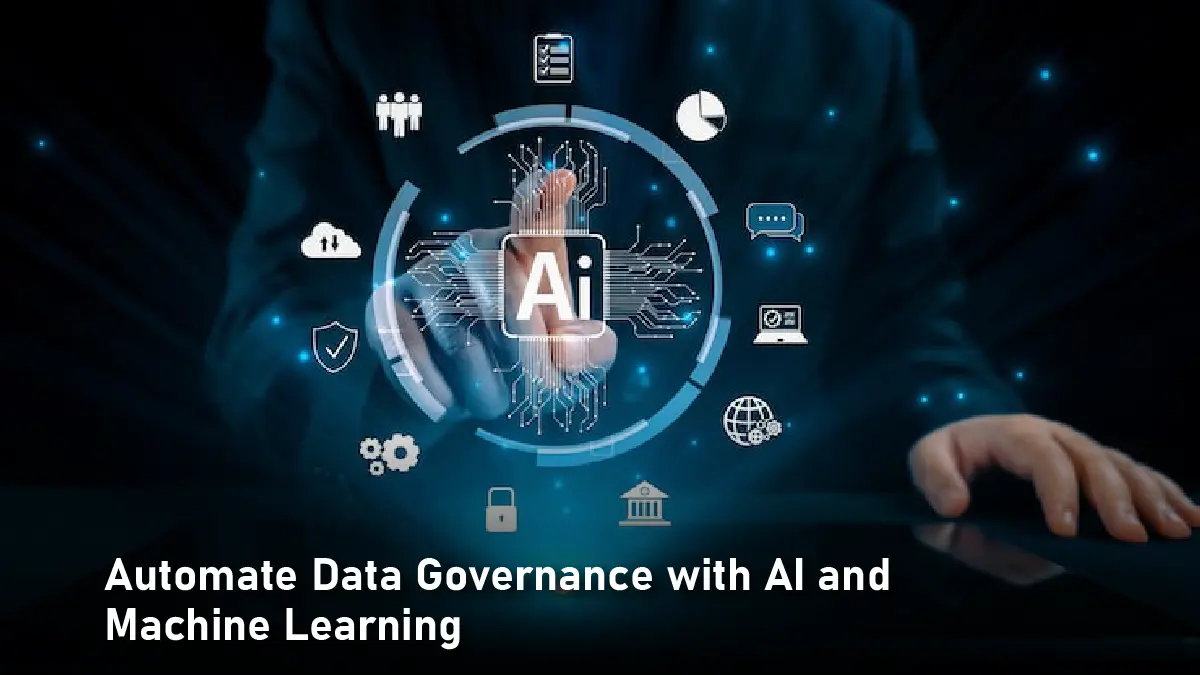
Managing data by hand is slow and messy. Spreadsheets, policy documents, and last-minute checks can only take you so far. AI changes that. It can find data, sort it, and track where it goes. Tasks that used to take days can now happen in hours.
Machine learning adds extra checks. It spots problems with data quality or security and sends alerts right away. For example, it can tag personal information automatically. It can warn if data drifts from the rules you set. It can even route access requests to the right person without anyone waiting.
Big companies show how this works. Google Cloud was named a leader in the 2025 Forrester Wave for analytics platforms. Its BigQuery tools make finding, managing, and monitoring data much easier. Generative AI makes this more important than ever. Without strong data governance, mistakes and breaches happen fast.
Using AI and ML does more than keep data safe. Teams can trust the data they use, decisions happen faster, and companies stop wasting time on tedious work. Data governance stops being a chore and becomes something that actually helps the business.
Embed Data Quality and Compliance from the Start
Checking data for errors at the end rarely works. By then, fixing problems takes longer and costs more. A better way is to shift left. That means building rules and checks into the system from the start, as data comes in.
Compliance is not something to do later. Laws like GDPR and CCPA are strict and fines can be huge. Microsoft’s Purview roadmap for 2025 shows tools that make compliance part of daily work. These tools help teams follow rules automatically while data is collected and processed.
Data quality works the same way. Setting standards early keeps information accurate and reliable. Automated checks can catch mistakes right away. Real-time alerts show when something is off before it spreads. This saves teams’ hours of cleanup later.
Microsoft Purview and Fabric make this easier. They let companies control who sees data, watch for rule breaks, and keep systems running smoothly. When governance and quality are part of the process from day one, the data people use is safer, cleaner, and trustworthy.
Prioritize Data Security with a Zero-Trust Model
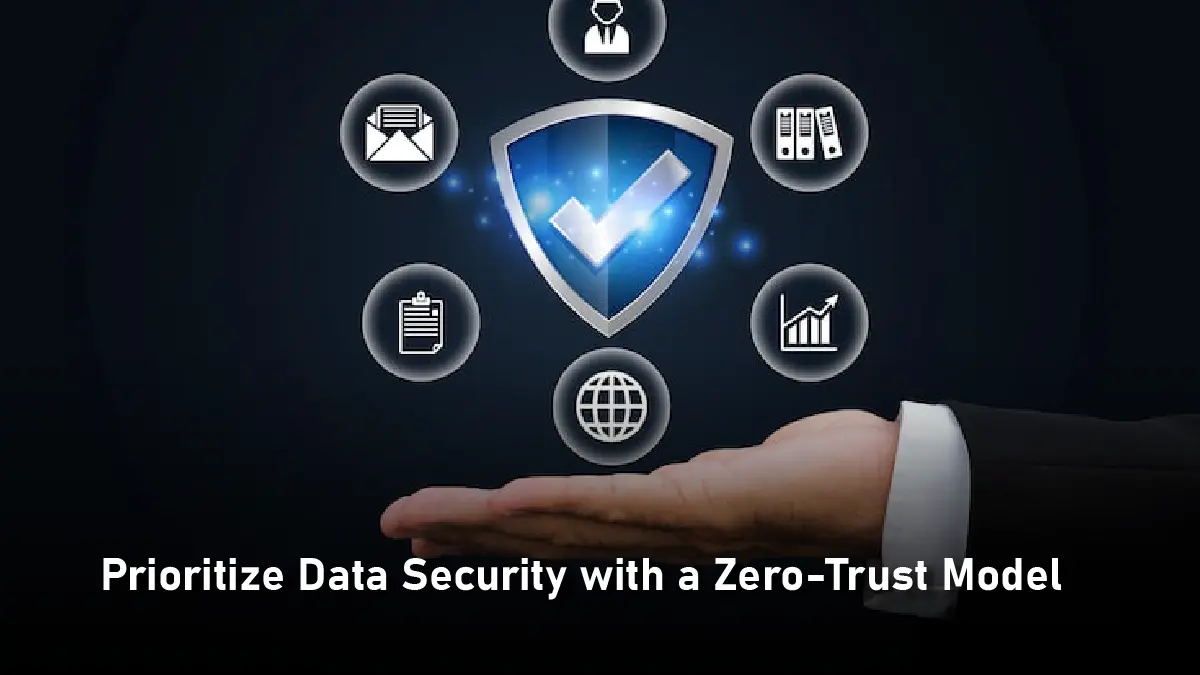
Protecting the network perimeter is not enough anymore. Data moves to the cloud, to devices, and across teams. The focus now is on protecting the data itself, wherever it is. That is what a zero-trust model is about. It assumes no user or system is automatically trusted, even inside the network.
Zero-trust means giving people only the access they need. Permissions are based on roles and context. Developers and analysts get access to what they require without seeing everything. Techniques like dynamic data masking and tokenization help protect sensitive information without slowing anyone down.
NIST’s Privacy Framework 1.1 shows how organizations can manage privacy and security risks. It aligns with the updated Cybersecurity Framework and addresses AI-specific concerns. Their zero drafts on AI standards give guidance on testing and validating AI systems so they meet security and privacy rules.
The cost of ignoring this is high. Breaches are becoming more expensive every year. Companies that wait for attacks to happen pay a heavy price, not just in fines but in lost trust and productivity. By putting zero-trust in place, organizations reduce risk, keep sensitive data safe, and make it easier for teams to work confidently.
Security is no longer an afterthought. When zero-trust becomes part of data governance, it protects the business, its customers, and its reputation.
Foster a Culture of Cross-Department Collaboration
Data governance is not just for IT. It touches everyone who works with data. Analysts, managers, data owners, all of them. If you leave it in one team, problems pile up and decisions slow down. So you need everyone on board.
One way is to set up a council or a group that meets regularly. Get all the stakeholders together. Talk about standards. Solve problems. Make decisions together. When people see their part, they take responsibility. It works better that way.
Collaboration also breaks silos. Teams start sharing instead of hiding data. People learn the rules and why they matter. They understand the risks. Data becomes more reliable for everyone.
Consultants like Deloitte show that companies with strong, collaborative governance are faster at launching products and spotting opportunities. They innovate more. Microsoft also points out that involving all teams helps make organizations ready for AI and future changes.
The point is simple. Governance works when it is shared. When teams talk, decide, and act together, data quality improves, compliance becomes easier, and the business moves faster. Collaboration is not an extra task. It is how data governance actually helps the company.
Also Read: Application Security Posture Management for Cloud-Native Environments
Link Data Governance to Tangible Business Outcomes
Data governance is not just an IT thing. It actually changes how business works. When data is clean and reliable, decisions happen faster. Teams can act without guessing. CIOs need to see it that way, not just as a rule to follow.
Good data makes the customer experience better. Teams can respond quickly and even personalize services because they trust the numbers. Trusted data also helps launch products faster. Developers and analysts spend less time searching for info and more time building useful stuff. Automation helps too. It cuts mistakes and keeps things moving.
Governments show this too. When they invest in data analytics, they can react faster and make smarter decisions. Companies can do the same. Following simple AI governance strategies proves that handling data responsibly actually leads to results, not just policies on paper.
CIOs should measure the impact. Look at customer satisfaction, product launch speed, and how smoothly operations run. Show executives that governance saves money, reduces risk, and opens opportunities. When you explain it like that, governance stops feeling like a cost. It becomes something that drives the business forward.
The thing is, systems, processes, and teams have to work together. When that happens, governance stops being a chore. It actually helps the company grow, innovate, and stay ahead. And that’s the real value.
Last Thoughts
Data governance is not just IT rules or policies. It is really about automation, compliance, security, collaboration, and using data to drive results. These five things together give CIOs the tools to move faster and make smarter decisions. Companies that actually build governance into daily work don’t just avoid mistakes or fines. They get things done quicker, trust their data, and stay ahead of competitors. In 2025, if you ignore modern data governance, you risk falling behind. Doing it right is how winners pull ahead.

